However, most of these nebulae are small and, hence, not resovable with the common facilities as large as the 8-10m-class telescopes. With long-baseline stellar interferometry, it is now possible to overcome the resolution limit of the current largest telescopes. To test the capabilities of the Very Large Telescope Interferometer (VLTI), we observed one of the brightest, not yet resolved, dust-forming WR star : WR118.
The obtained data shows without ambiguity signs of asymmetry and signs that the central dust shell is made of imbricated shells. The comparison with a model confirms the pinwheel scenario, making WR 118 a new serious candidate « pinwheel » nebula.
See the full story in the A&A paper.
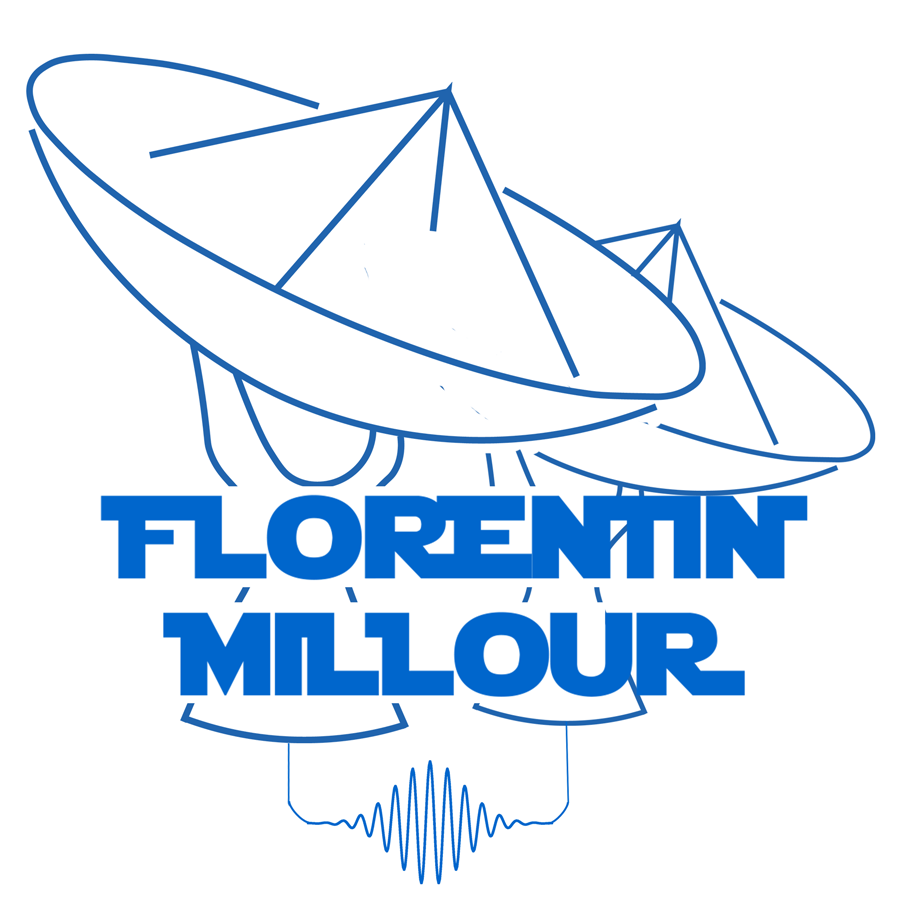


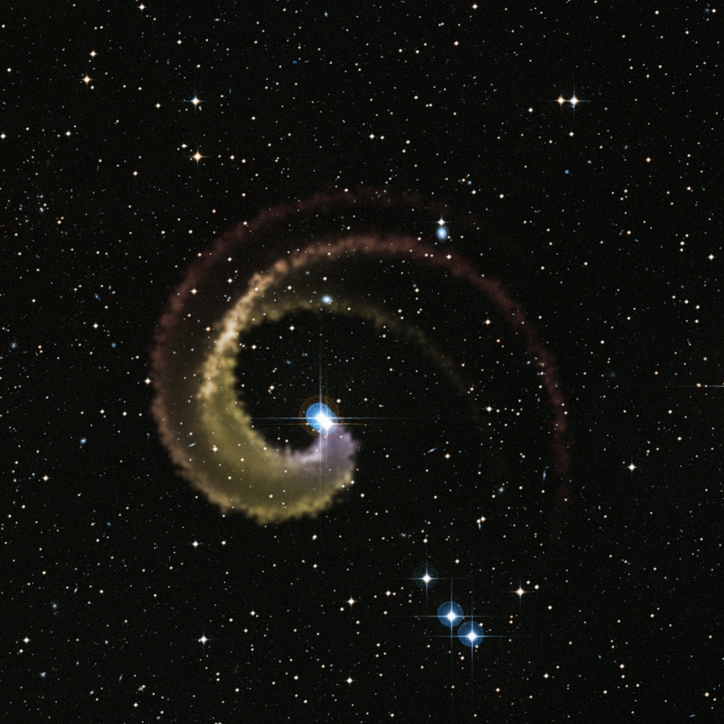



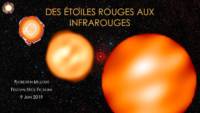
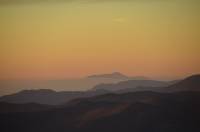
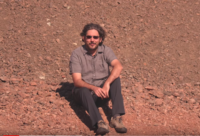









Commentaires récents